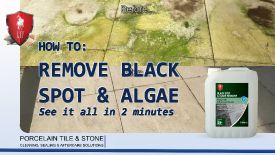
As we move through autumn, stone and porcelain paths and patios can become increasingly slippery and potentially very dangerous. The slippery residue is generally caused by algae – a natural organism that settles onto surfaces and thrives in damp environments and shady spots. As well as creating a slip hazard, the deposits can discolour surfaces. It’s well worth addressing the problem before winter sets in; slimy residue will only attract more build-up and make the problem worse. Treatment is fast and easy – but it’s essential to use the correct product, rather than dosing the area with more water.
Different types of algae
The term algae includes cushion-like moss, Liverwort, which is a flat green growth with tiny leaf-like lobes, and Lichen, which is more crust-like and can be yellow or orange. Jelly-like growths are also common; they’re often black or dark green and these are caused by a cyanobacteria called Nostoc. None of these growths are hazardous – infact, Lichen is particularly common in areas with clean air, so its appearance can be a positive sign – but slippery hard surfaces can be.
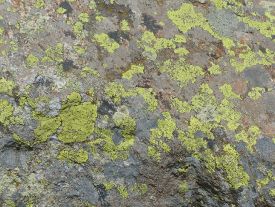
Another common problem is black spot – a speckle-like deposit that can infact be black or white. Black spot is a dust-like lichen that originates from plants and trees. It colonises on pavers, sending tendrils or ‘hyphae’ down into any cracks or porosity, searching for nutrients. It takes about 2-3 years to become established below the surface and it creates a slippery residue on the surface of pavers.
What not to use on slippery paths
A pressure washer and a dose of household cleaner is a common go-to solution for slippery pavers. However, excessive water only makes conditions even better for algae to flourish and pressure washing can damage the surface of the pavers, any sealer applied and it will loosen grout. Water also won’t target hyphae or filaments anchored into place below the surface. A specialist approach is necessary to effectively remove residue and microspores below the surface. Any treatment used needs to break-down the slippery residue, have a bleaching action to restore the colour of the paver and target growth below the surface.

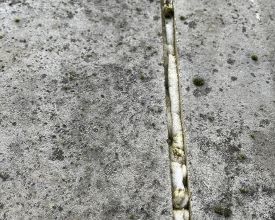
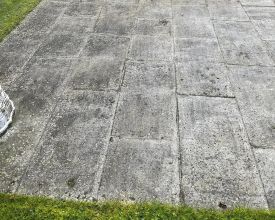
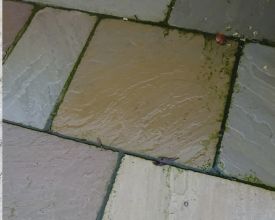
How to treat slippery paths
Care should be taken in selecting a suitable treatment. If a solution is acidic, it will damage acid sensitive material and erode the grout joint. We recommend LTP Black Spot & Algae Remover which can be safely used on all types of natural stone, concrete, brick and porcelain. This treatment removes all types of organic residue, slippery matter and stains, breaking down hyphae below the surface, as well as preventing regrowth. When applying the remover, it’s also important to treat the whole area of paving, for a uniform appearance.
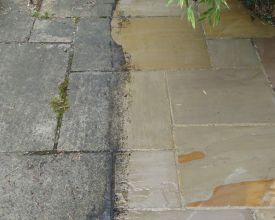
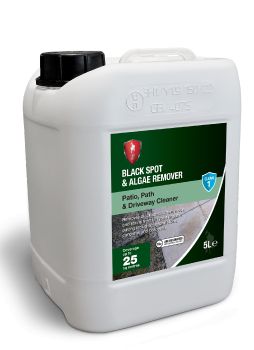
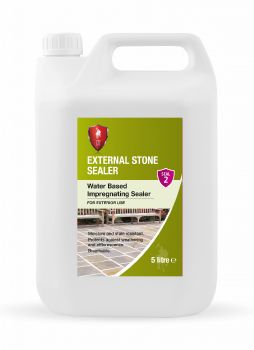
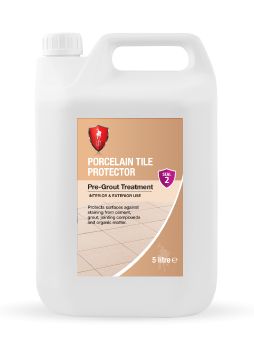
For more support and advice, browse the LTP blog, visit and subscribe to LTP TV on YouTube or contact the LTP team on tel. 01823 666213 or email [email protected]

